- But how do you change the Windows 10 resolution settings on your monitor?
- Method 1: Simultaneously Press the Windows + I Keys
- Method 2: Click on the Start (Windows) Button
- Method 3: By Right-Clicking on your Desktop
- Are There Any Other Options to Change the Display Resolution?
- Summary: Change Windows 10 resolution settings when it's disabled
When Windows 10 is upgraded, it replaces the graphic drivers of your device with a graphic driver of its own. Sometimes, you may have resolution settings disabled on your system, and it can be frustrating to get fixes for that. You may also need to change the settings in order to set up a dual-monitor configuration correctly. In this article, we’ll discuss how this can be done in two ways.

Having the screen resolution on your monitor that fits your personal preference is important. How comfortable you are with the display on your computer screen may affect not just your productivity but your health as well. Working in front of your computer screen for an awfully long time can be straining.
Hence, it’s crucial that your screen display won’t cause your eyes too much fatigue. Aside from that, your screen display affects everything you see on the screen – text, image, videos. Thus, choosing the right display resolution may affect your work productivity, as well.
But how do you change the Windows 10 resolution settings on your monitor?
Changing or Increasing the screen resolution on your Windows 10 is not that hard. In fact, you can do it yourself even if you are not a techie person. But before we discuss the different ways on how to do some changes to your Windows 10 display, you may first check the current resolution on your monitor.
To check your Windows 10 display, you can click on http://whatismyscreenresolution.net/.
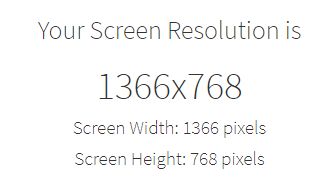
This website works on either your monitor or tablet. It works even on iPhones, iPads, and MacBook.
Method 1: Simultaneously Press the Windows + I Keys
Another way to check your current display resolution is through Display Settings. To be able to do this:
- Click on Windows+I keys simultaneously. This will bring you to the Windows Settings.
- Go to System and then click on Display.
- Here you will see your current display resolution.
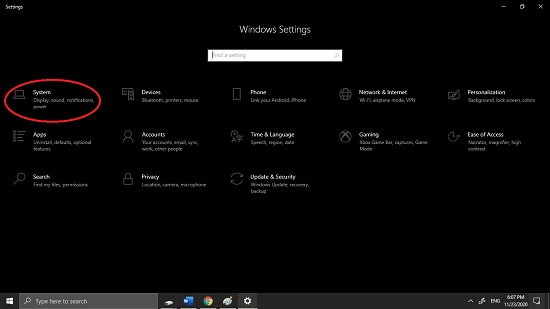
- The easiest option to change your display resolution is by clicking on the resolution drop-down box.

- Now, select the screen resolution you are most comfortable with.
In most cases, Windows will give you a recommendation based on the monitor’s compatibility of your computer and its refresh rate.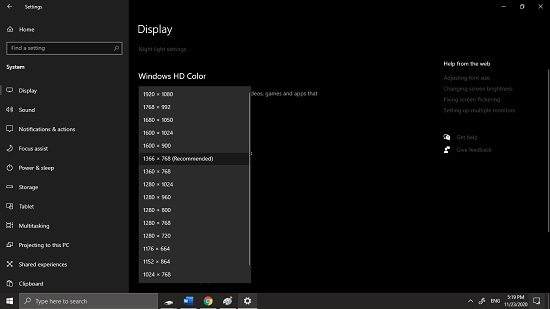
To customize the resolutions, follow these steps
- Choose your desired resolution.
- Click on the Apply button.
- Now you have fifteen seconds to either click on Revert (if you want to go back to your previous resolution) or to choose Keep changes (if you prefer the new resolution).
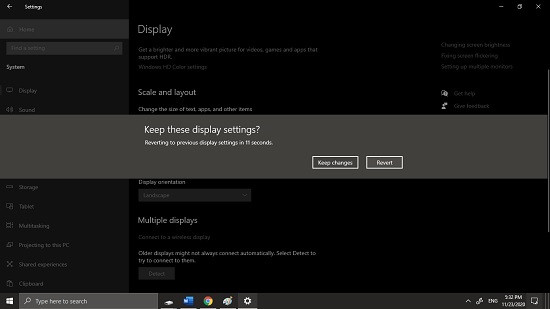
Method 2: Click on the Start (Windows) Button
- First, you need to access the Window Settings. You can do this by clicking on the Start button (Windows key) and then go to Settings.

- This will also bring you to the Window Settings panel where you can choose your preferred display resolution the same way as discussed above.
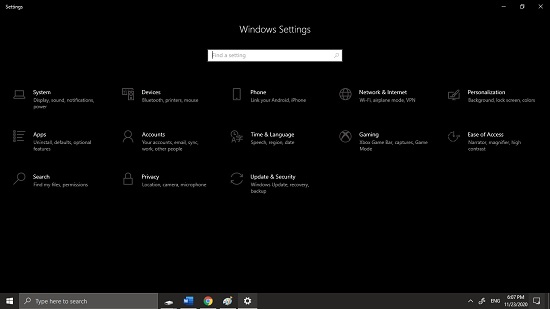
Method 3: By Right-Clicking on your Desktop
Right-clicking on your desktop to access the Display Settings.
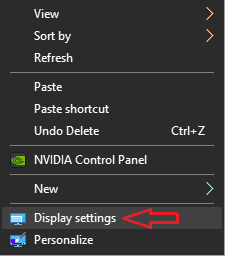
This will give you the option to click on Display Settings. And again, you can change the display resolution in the very same way as discussed above.
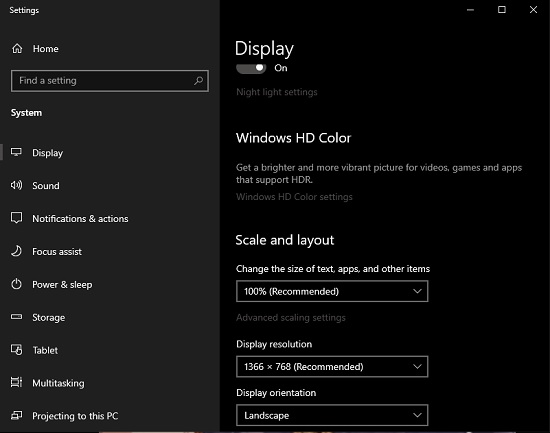
Are There Any Other Options to Change the Display Resolution?
Changing the display resolution through the Window Settings, as discussed above, is probably the easiest way to get the job done. However, there are other options on how to customize your screen display resolution.
Nonetheless, you must take note that the other options involve downloading some utility programs. These utilities will allow you to add functionality to your computer. These will give you more options on how you can customize your Windows 10 resolution settings. But since this will involve some manual configuration, this is only recommended for advanced users.
Also, keep in mind that that everything still depends on the capacity of your monitor and graphics card. Your desired customized resolution will only apply if your monitor and graphics card support it. That’s why it’s important that you check on those details too when you buy your monitor and computer parts.
Summary: Change Windows 10 resolution settings when it's disabled
- Close all programs and apps that are running.
- Right-click on the Windows button in the lower left.
- Choose Settings from that menu.
- Select System from the settings menu.
- Choose Display from the System list of options.
- Click on Advanced display settings located toward the bottom of the options.
- Scroll down and click on Display adapter properties for Display 1.
- Click on List all modes, then select a screen resolution setting you want to use.
- Click OK and Close after you have made your selection. Your monitor will flash multiple times as it makes this change.